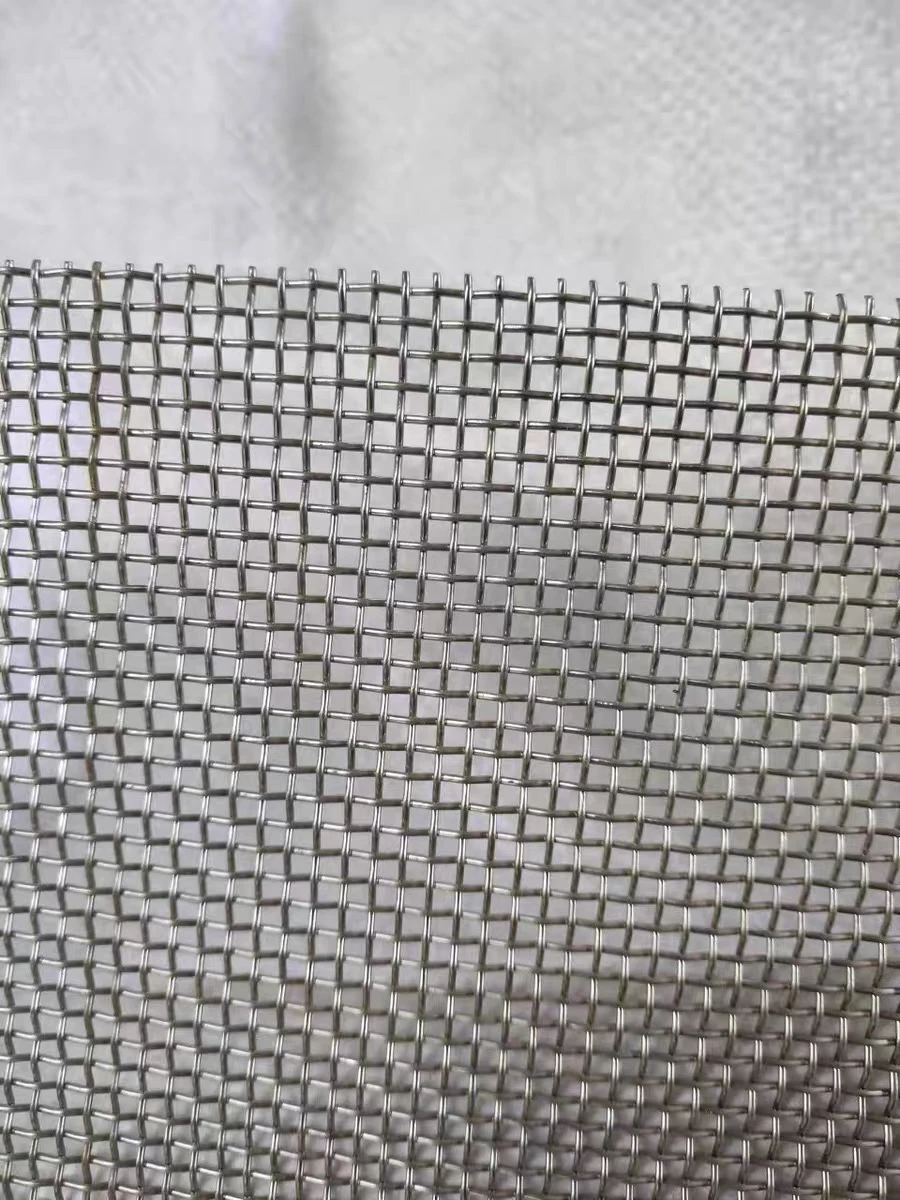-
 Afrikaans
Afrikaans -
 Albanian
Albanian -
 Amharic
Amharic -
 Arabic
Arabic -
 Armenian
Armenian -
 Azerbaijani
Azerbaijani -
 Basque
Basque -
 Belarusian
Belarusian -
 Bengali
Bengali -
 Bosnian
Bosnian -
 Bulgarian
Bulgarian -
 Catalan
Catalan -
 Cebuano
Cebuano -
 China
China -
 Corsican
Corsican -
 Croatian
Croatian -
 Czech
Czech -
 Danish
Danish -
 Dutch
Dutch -
 English
English -
 Esperanto
Esperanto -
 Estonian
Estonian -
 Finnish
Finnish -
 French
French -
 Frisian
Frisian -
 Galician
Galician -
 Georgian
Georgian -
 German
German -
 Greek
Greek -
 Gujarati
Gujarati -
 Haitian Creole
Haitian Creole -
 hausa
hausa -
 hawaiian
hawaiian -
 Hebrew
Hebrew -
 Hindi
Hindi -
 Miao
Miao -
 Hungarian
Hungarian -
 Icelandic
Icelandic -
 igbo
igbo -
 Indonesian
Indonesian -
 irish
irish -
 Italian
Italian -
 Japanese
Japanese -
 Javanese
Javanese -
 Kannada
Kannada -
 kazakh
kazakh -
 Khmer
Khmer -
 Rwandese
Rwandese -
 Korean
Korean -
 Kurdish
Kurdish -
 Kyrgyz
Kyrgyz -
 Lao
Lao -
 Latin
Latin -
 Latvian
Latvian -
 Lithuanian
Lithuanian -
 Luxembourgish
Luxembourgish -
 Macedonian
Macedonian -
 Malgashi
Malgashi -
 Malay
Malay -
 Malayalam
Malayalam -
 Maltese
Maltese -
 Maori
Maori -
 Marathi
Marathi -
 Mongolian
Mongolian -
 Myanmar
Myanmar -
 Nepali
Nepali -
 Norwegian
Norwegian -
 Norwegian
Norwegian -
 Occitan
Occitan -
 Pashto
Pashto -
 Persian
Persian -
 Polish
Polish -
 Portuguese
Portuguese -
 Punjabi
Punjabi -
 Romanian
Romanian -
 Russian
Russian -
 Samoan
Samoan -
 Scottish Gaelic
Scottish Gaelic -
 Serbian
Serbian -
 Sesotho
Sesotho -
 Shona
Shona -
 Sindhi
Sindhi -
 Sinhala
Sinhala -
 Slovak
Slovak -
 Slovenian
Slovenian -
 Somali
Somali -
 Spanish
Spanish -
 Sundanese
Sundanese -
 Swahili
Swahili -
 Swedish
Swedish -
 Tagalog
Tagalog -
 Tajik
Tajik -
 Tamil
Tamil -
 Tatar
Tatar -
 Telugu
Telugu -
 Thai
Thai -
 Turkish
Turkish -
 Turkmen
Turkmen -
 Ukrainian
Ukrainian -
 Urdu
Urdu -
 Uighur
Uighur -
 Uzbek
Uzbek -
 Vietnamese
Vietnamese -
 Welsh
Welsh -
 Bantu
Bantu -
 Yiddish
Yiddish -
 Yoruba
Yoruba -
 Zulu
Zulu
plastic nets
The Impact of Plastic Nets on the Environment and Alternatives
In recent years, the proliferation of plastic nets has become a significant area of concern for environmentalists, researchers, and policymakers alike. These nets, commonly used in various sectors such as agriculture, fishing, and packaging, have contributed to the escalating plastic pollution crisis. Their durability and versatility make them appealing, but the ramifications of their use extend far beyond convenience.
Plastic nets are predominantly made from synthetic fibers like polypropylene and polyethylene. They are lightweight, resistant to moisture, and possess a long lifespan, which is precisely why they are favored in many industries. In fishing, for example, these nets are pivotal for catching fish, while in agriculture, they serve as protective barriers for crops against pests and harsh weather. Despite their utility, the downside of plastic nets is glaringly evident when we consider their disposal. When these nets are discarded, they often end up in landfills or, worse, in the ocean. Once in the aquatic environment, they pose a severe threat to marine life, as animals can become entangled in the nets or mistakenly ingest them, leading to injury or death.
Moreover, the breakdown of plastic nets contributes to microplastic pollution
. As these nets degrade, they do not disappear; instead, they fragment into smaller particles that can infiltrate the food chain. This has ramifications not only for marine organisms but also for humans who eventually consume seafood that may contain microplastics. Studies have shown that microplastics can lead to various health issues, raising alarm over the longstanding effects of our reliance on plastic products.plastic nets

Addressing the issue of plastic nets requires a multi-faceted approach. One of the most effective strategies is the promotion of recycling initiatives. Currently, many regions lack the infrastructure to adequately process discarded plastic nets. By developing robust recycling programs specifically designed for these materials, we can reduce the amount of plastic that ends up in landfills and oceans. This initiative would not only mitigate pollution but also create economic opportunities through the recycling industry.
Another viable alternative to traditional plastic nets is the adoption of biodegradable materials. Innovations in bioplastics, which can be derived from natural sources such as cornstarch or sugarcane, offer promising substitutes. These materials are engineered to break down more quickly in the environment, significantly reducing their ecological footprint. Research into these biodegradable alternatives is ongoing, but the results so far are encouraging. Utilizing such materials in commercial applications could drastically lessen the environmental impact of fishing and agricultural practices.
Additionally, education plays a vital role in combating the plastic nets crisis. Raising awareness about the impact of plastic pollution and encouraging industries to adopt sustainable practices can foster a culture of responsibility. Consumers can also contribute by choosing products with minimal plastic packaging and supporting companies that prioritize eco-friendly practices.
In summary, while plastic nets serve essential roles in various industries, their environmental impact cannot be overlooked. The threats posed by their disposability and the subsequent creation of microplastics call for immediate action. By enhancing recycling programs, investing in biodegradable alternatives, and fostering education, we can collectively tackle the plastic pollution crisis. It is essential that we rethink our approach to plastic nets and strive for a more sustainable future. Only by acknowledging the consequences of our actions can we hope to preserve the planet for future generations.
-
Shipping Plastic Bags for Every NeedNewsJul.24,2025
-
Safety Netting: Your Shield in ConstructionNewsJul.24,2025
-
Plastic Mesh Netting for Everyday UseNewsJul.24,2025
-
Nylon Netting for Every UseNewsJul.24,2025
-
Mesh Breeder Box for Fish TanksNewsJul.24,2025
-
Expanded Steel Mesh Offers Durable VersatilityNewsJul.24,2025











